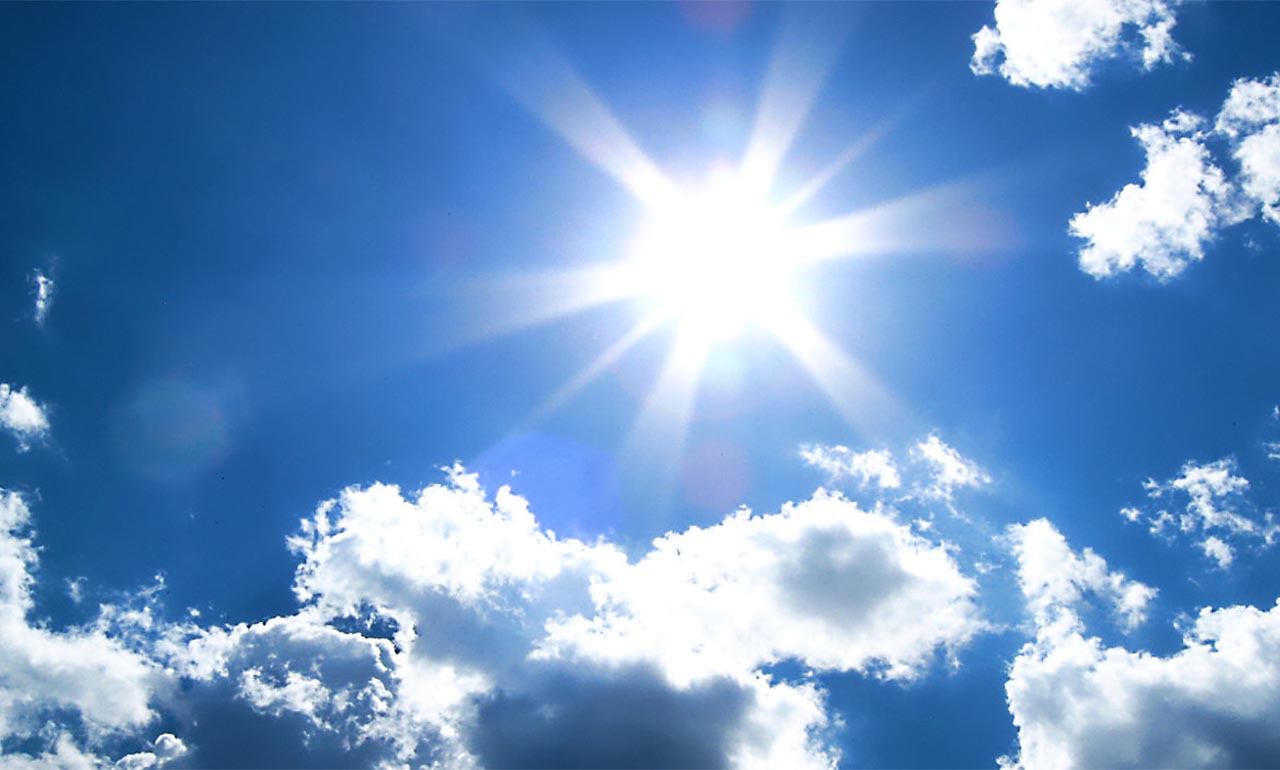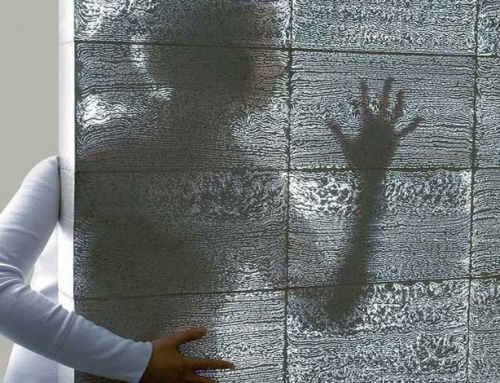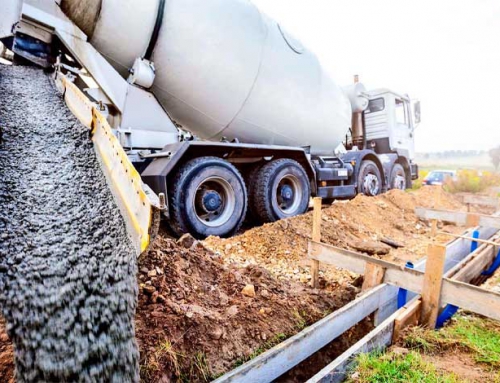Concreting in hot weather
We all know that summer is ideal for construction projects because of the excellent weather and extended daylight. Construction problems are fewer during the summer, but scorching temperatures can also disrupt the concreting process. Concreting in hot weather is difficult, and because of that, it is necessary to keep in mind some practical points. To this end, in this article, we will explain the steps you need to accommodate concretize in hot weather.
The effect of hot air on concreting
The main thing to worry about is the setting of the concrete. Water is one of the three main ingredients in concrete mixes, and when mixed with cement, the hydration process begins. It is where the concrete gradually acquires its strength.
Hydration (the chemical composition of water and cement) is an exothermic reaction, meaning that it generates heat, which occurs faster as the concrete heats up. Therefore, the main concern about the strength and setting time of concrete is not the air temperature but the temperature of the concrete.
Hot air is a condition in which concrete quickly loses its moisture and the amount of hydration of the cement increases. This process reduces the quality of fresh concrete. At average temperatures, a concrete setting can take up to 8 to 48 hours and reach 70% strength in approximately seven days. It then takes up to 28 days to reach its ultimate compressive strength.
When cement is hydrated, it absorbs water. But in hot air concreting, the hydration reaction is faster. This process increases the initial compressive strength but decreases the 28-day compressive strength. If the concrete is about 18 degrees warmer than usual, the final compressive strength will be about 10% lower.
The Iranian Concrete Regulations (ABA) and the National Building Regulations of Iran (Article 9) for concreting in hot conditions state: “The temperature of ordinary concrete during concreting should not exceed 32 degrees Celsius and for bulk concretes should not exceed 15 degrees Celsius. »
Hot air concreting problems
To take advantage of hot-air concreting, contractors need to track several variables. Hydration, evaporation and water absorption are just some of the factors that need attention. Hot weather conditions can lead to problems in mixing, pouring and processing concrete, which affects the properties and performance of concrete. If precautions are not taken effectively during hot weather, concrete may be damaged by plastic cracking, thermal cracking, and a 28-day reduction in strength.
Challenges associated with hot air concreting include:
- Increased water demand, which reduces the ratio of cement in water.
- Increasing the slump leads to the addition of water during concreting.
- Fast setting time that causes payment and vibration problems.
- Increased potential for plastic shrinkage and thermal cracking occurs mainly due to water evaporation on the surface.
- Difficulty in controlling air content, depending on the type of cement and additives, may cause air bubbles to burst and reduce air content.
- Accurate and continuous processing is required because high temperature concreting reduces resistance in old age.
All the problems caused by concreting in hot weather are related to water or so-called humidity. Therefore, it is necessary to pay attention to the requirements and practical and principled points for this critical issue.
Requirements for concreting in hot weather
Temperatures peak around noon and early afternoon, so if you postpone concreting until early in the morning when the weather is cooler, you can prevent the concrete from overheating. Also, have enough workforce to get everyone to do the work.
You can use water to moisten the formwork before concreting. It helps keep the workplace cool and aids the watering process during concreting. It is also possible to reduce the temperature inside the concrete by using cold water or ice as part of the mixed water.
Other rules for concreting in hot weather include the use of awnings and sunshades to block sunlight. Plastic coverings or special canopies can be used in the areas of the building where concreting is to be done. All special equipment for concrete production must be kept in a cool place until the last moment before concreting.
Concrete solutions in hot weather
If you want to pour fresh concrete on the project site, you must first make sure that the workplace is ready as soon as the concrete is delivered. If access to the concreting site is difficult, make the necessary arrangements to pour the concrete quickly at the time of delivery.
Chemical additives can be used for the workability, flow, durability and strength of concrete. If the weather is scorching, consider using a concrete retarder additive. This type of additive can delay the chemical reaction in the hydration process (increase the setting time).
Water and ice were previously the most practical and cost-effective ways to cool concrete. But these days, using liquid nitrogen (LIN) for bulk concreting can be an effective way. If you only concrete a maximum of twice a week, the nitrogen method will not be economical.
Concrete curing in hot weather
Concrete needs to be processed to reach its final strength. To do this, the concrete must retain its moisture. Evaporation is the enemy of concrete! In hot weather, project managers must adequately control the processing process so that water does not dissipate too quickly.
For concrete to reach its full strength, it needs water to hydrate the cement. If it dries, the resulting concrete becomes almost gypsum. This condition is more common on the surface of a concrete slab. Three important variables affect the rate of concrete drying, including temperature, relative humidity and wind speed. Therefore, on a hot, dry and windy day, the concrete dries quickly and at this time is the most important stage of curing.
Most concretes have much water when poured on-site, so the main thing is to prevent this water from evaporating and keeping the concrete surface cool by spraying water at all times.
The retention time of concrete surfaces depends on the temperature and the type of concrete mix, but typically, about seven days will suffice to care for concrete made with Type II cement. It is essential to understand that concrete is like a tree; When a seedling is tiny, it will grow strong in adulthood if you water it consistently.
In A Nutshell
Use sufficient workforce for concreting in hot weather. On a hot day, you should always have access to drinking water to avoid excessive fatigue during handicrafts. Avoid concreting in the hottest part of the day. Check the weather forecast to determine the best time for making concrete. In general, do everything mentioned above in hot weather concreting to get the process done perfectly.










Leave A Comment